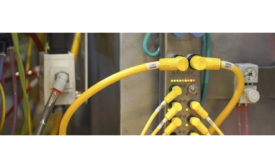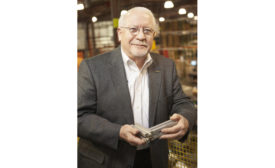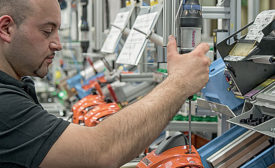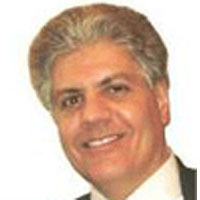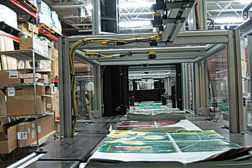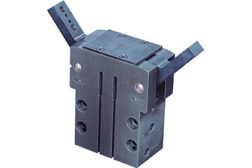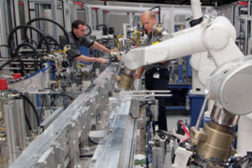Home » Keywords: » modular automation components
Items Tagged with 'modular automation components'
ARTICLES
Sponsored Content
IO-Link increases efficiency and reduces machine footprint
Read More
Modular Automation Components
A wide range of ready-to-install components and subassemblies enable manufacturers and integrators to quickly build custom automated assembly machines.
November 7, 2016
Get our new eMagazine delivered to your inbox every month.
Stay in the know on the latest assembly trends.
SUBSCRIBE TODAY!Copyright ©2024. All Rights Reserved BNP Media.
Design, CMS, Hosting & Web Development :: ePublishing
